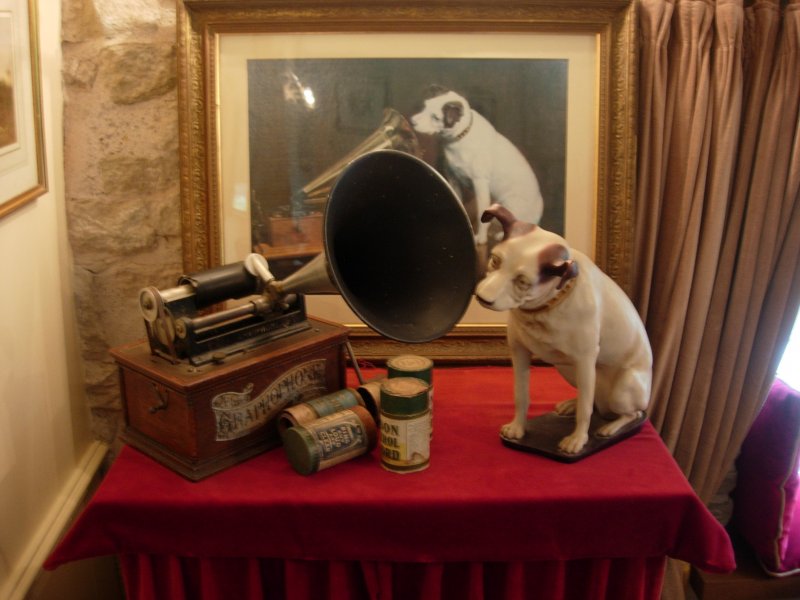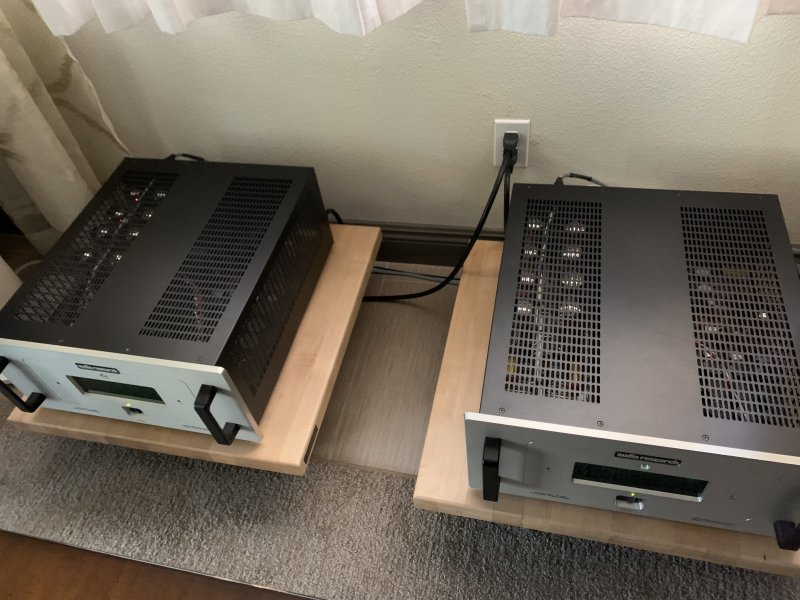Martin Logan may be uniquely problematic because unlike Quads, where panels are reusable across models, CLS panels are not even transferable across versions of the same speaker. I found that my vintage CLS panels could not be upgraded using CLS II panels. The company was not particularly helpful. I still have three pairs of Quads, which at least can be upgraded in the field by a number of expert aftermarket specialists (Kent McCollum or Sheldon Stokes) as the design is very amenable to servicing by aftermarket service personnel. Ultimately I realized my CLS’es were just a doorstop.
In my 35+ years of buying high end audio, I have found numerous products to be not just unreliable but really poorly designed. Numerous transports have failed on me repeatedly (dCS Verdi, Levinson 37 etc.). Krell preamps that have had failed displays etc.
In my experience, only two products have lasted without failures. One is ARC preamps, amps and CD players. They are built so well that aside from tube replacement, no maintenance is needed for decades. Not surprised that ARC preamps from 40 years ago still command a good price. The second is my original Quad ESL 57. Kent tells me it’s the most reliable Quad ever made. As long as you don’t overdrive it or you install the protection circuitry, it lasts forever. My pair is 50 years old, works perfectly still and, in terms of what it does well, still runs rings around any modern loudspeaker no matter the price. My pair I will not sell whatever price I’m offered. The 57 is that rare component that still is decades ahead of the competition. Stylistically it’s also leagues ahead. The bronze Bahaus style is still much nicer than most modern speaker monstrosities.
I also acquired recently a new pair of Klipsch La Scalas, my first pair of horns. Again, a timeless design from 60+ years ago that is miles ahead of the competition. One watt into the La Scala produces a lower distortion output than any modern speaker. I use a 45 SET and it barely produces a few milliwatts to generate sufficient volume for me. The La Scala again is a timeless classic design that looks like a piece of furniture — a large end table or cabinet — rather than a hideous looking loudspeaker. Paul Klipsch gets my vote as America’s most ingenious designer who was many decades ahead of the competition. He understood in the 1950s what most speaker designers in 2023 don’t get. Efficiency is the key to low distortion. If the radiating unit barely moves by a few microns, it’s not distorting. The La Scala can play at 100 dB with 0.2% distortion at 50 Hz. Few if any modern designs can match that. The directivity is controlled by the Tractrix horn shape. But they are large and expensive to make. They won’t thump your room with high distortion bass either.
If there ever is a Louvre type museum for high end audio, I’d vote to put the ESL 57 and the La Scalas in the speaker category. Of course, 300 years from now, if humanity is still around, we will be using neural implants to store all recorded music streamed right into your brain. No need for any external hifi gadgetry.
In my 35+ years of buying high end audio, I have found numerous products to be not just unreliable but really poorly designed. Numerous transports have failed on me repeatedly (dCS Verdi, Levinson 37 etc.). Krell preamps that have had failed displays etc.
In my experience, only two products have lasted without failures. One is ARC preamps, amps and CD players. They are built so well that aside from tube replacement, no maintenance is needed for decades. Not surprised that ARC preamps from 40 years ago still command a good price. The second is my original Quad ESL 57. Kent tells me it’s the most reliable Quad ever made. As long as you don’t overdrive it or you install the protection circuitry, it lasts forever. My pair is 50 years old, works perfectly still and, in terms of what it does well, still runs rings around any modern loudspeaker no matter the price. My pair I will not sell whatever price I’m offered. The 57 is that rare component that still is decades ahead of the competition. Stylistically it’s also leagues ahead. The bronze Bahaus style is still much nicer than most modern speaker monstrosities.
I also acquired recently a new pair of Klipsch La Scalas, my first pair of horns. Again, a timeless design from 60+ years ago that is miles ahead of the competition. One watt into the La Scala produces a lower distortion output than any modern speaker. I use a 45 SET and it barely produces a few milliwatts to generate sufficient volume for me. The La Scala again is a timeless classic design that looks like a piece of furniture — a large end table or cabinet — rather than a hideous looking loudspeaker. Paul Klipsch gets my vote as America’s most ingenious designer who was many decades ahead of the competition. He understood in the 1950s what most speaker designers in 2023 don’t get. Efficiency is the key to low distortion. If the radiating unit barely moves by a few microns, it’s not distorting. The La Scala can play at 100 dB with 0.2% distortion at 50 Hz. Few if any modern designs can match that. The directivity is controlled by the Tractrix horn shape. But they are large and expensive to make. They won’t thump your room with high distortion bass either.
If there ever is a Louvre type museum for high end audio, I’d vote to put the ESL 57 and the La Scalas in the speaker category. Of course, 300 years from now, if humanity is still around, we will be using neural implants to store all recorded music streamed right into your brain. No need for any external hifi gadgetry.





